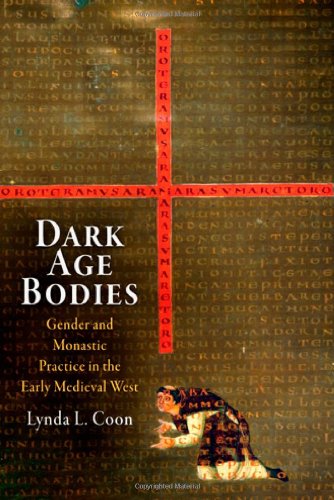

Most ebook files are in PDF format, so you can easily read them using various software such as Foxit Reader or directly on the Google Chrome browser.
Some ebook files are released by publishers in other formats such as .awz, .mobi, .epub, .fb2, etc. You may need to install specific software to read these formats on mobile/PC, such as Calibre.
Please read the tutorial at this link: https://ebookbell.com/faq
We offer FREE conversion to the popular formats you request; however, this may take some time. Therefore, right after payment, please email us, and we will try to provide the service as quickly as possible.
For some exceptional file formats or broken links (if any), please refrain from opening any disputes. Instead, email us first, and we will try to assist within a maximum of 6 hours.
EbookBell Team

0.0
0 reviewsIn Dark Age Bodies Lynda L. Coon reconstructs the gender ideology of monastic masculinity through an investigation of early medieval readings of the body. Focusing on the Carolingian era, Coon evaluates the ritual and liturgical performances of monastic bodies within the imaginative landscapes of same-sex ascetic communities in northern Europe. She demonstrates how the priestly body plays a significant role in shaping major aspects of Carolingian history, such as the revival of classicism, movements for clerical reform, and church-state relations. In the political realm, Carolingian churchmen consistently exploited monastic constructions of gender to assert the power of the monastery. Stressing the superior qualities of priestly virility, clerical elites forged a model of gender that sought to feminize lay male bodies through a variety of textual, ritual, and spatial means.
Focusing on three central themes—the body, architecture, and ritual practice—the book draws from a variety of visual and textual materials, including poetry, grammar manuals, rhetorical treatises, biblical exegesis, monastic regulations, hagiographies, illuminated manuscripts, building plans, and cloister design. Interdisciplinary in scope, Dark Age Bodies brings together scholarship in architectural history and cultural anthropology with recent works in religion, classics, and gender to present a significant reconsideration of Carolingian culture.